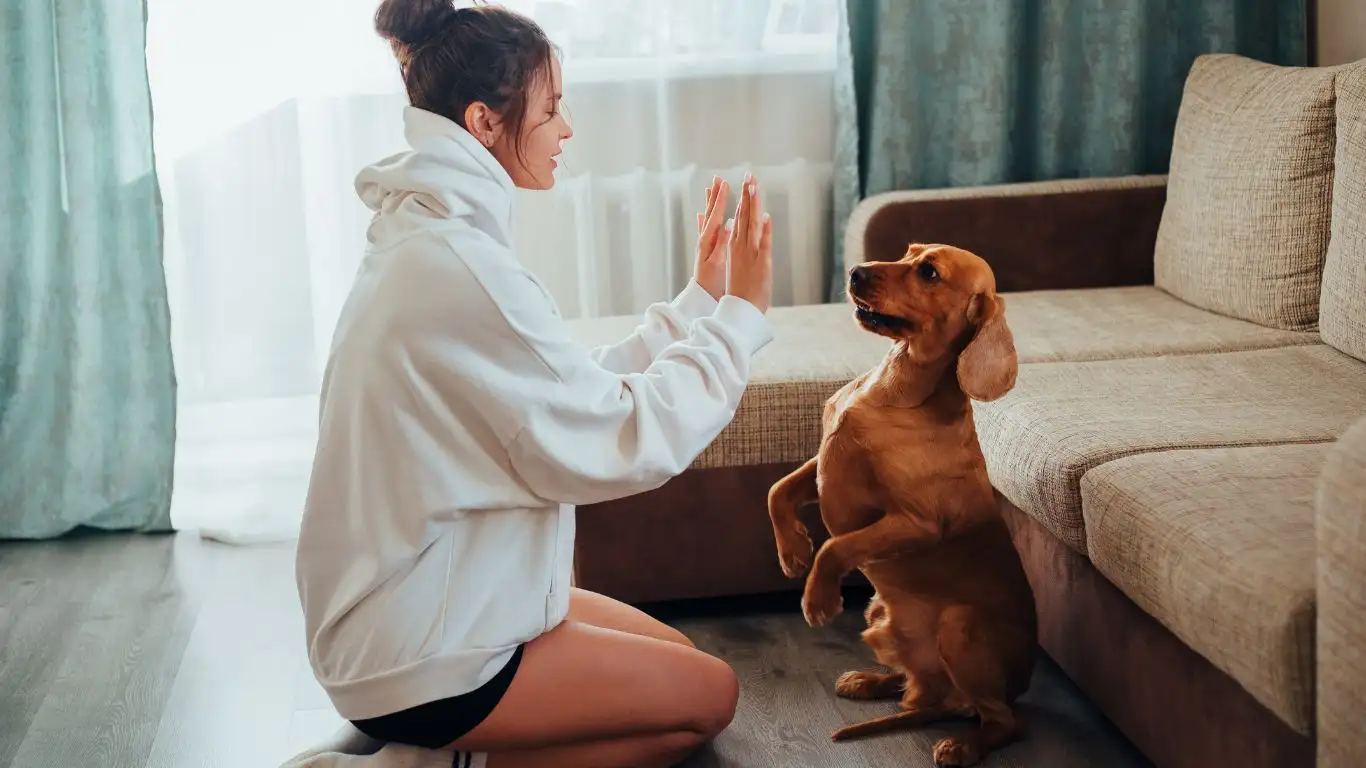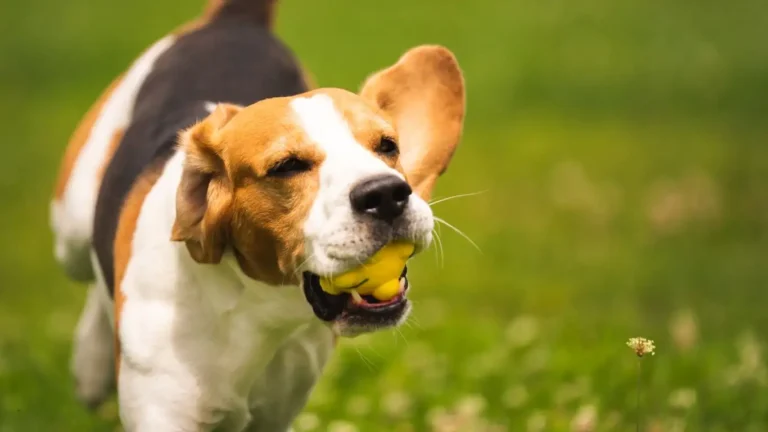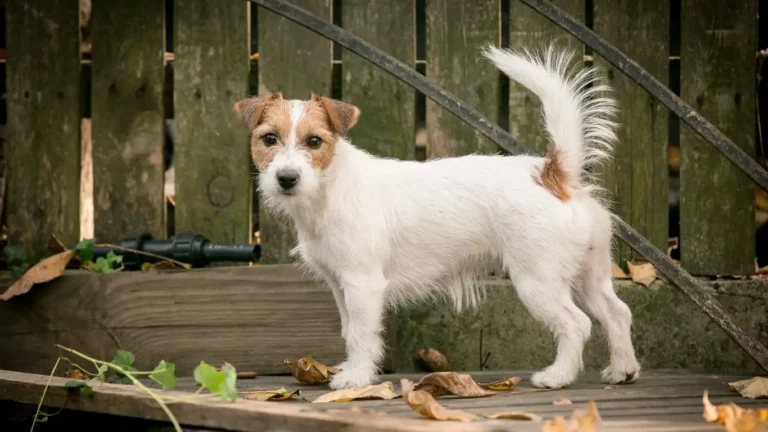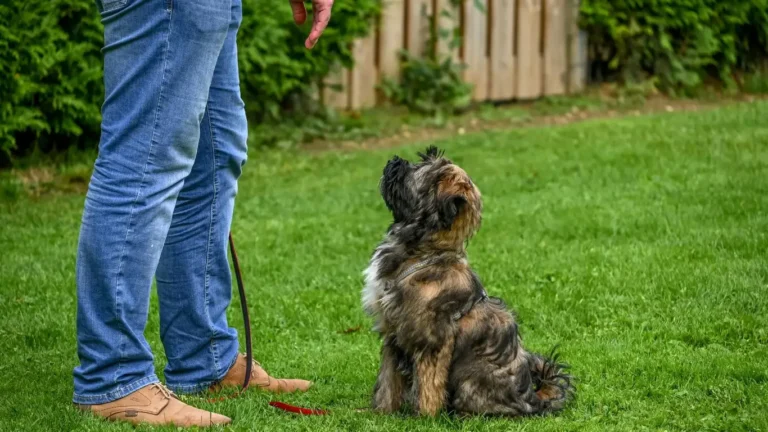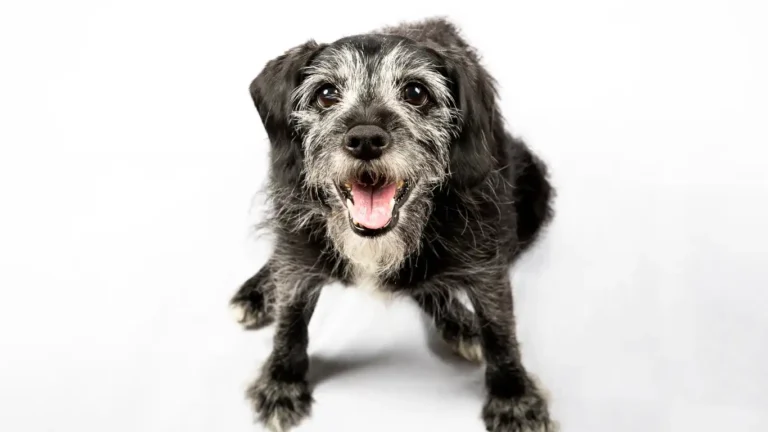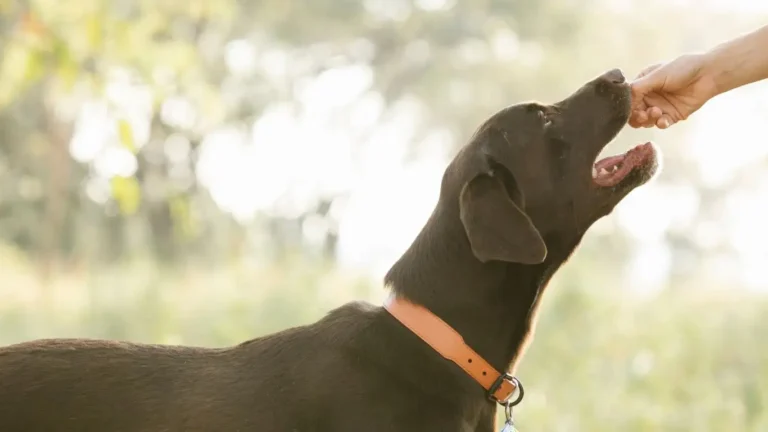Master the Art of Training Your Dog to Focus During Distractions at Home – Proven Methods That Work!
Training a dog to listen during distractions at home can be one of the most rewarding yet challenging tasks for any pet owner. As a Canine-Assisted Therapy Trainer, I’ve worked with countless dogs and owners to improve focus, responsiveness, and overall behavior in real-world environments. It’s not just about teaching your dog basic commands, but about helping them to remain focused when life gets chaotic. Whether it’s the doorbell ringing, the kids running around, or just general household noise, teaching your dog to listen during distractions is essential for a well-behaved companion. In this article, we’re going to dive into some practical steps that I’ve found effective in my training sessions. Trust me, this isn’t just theory – these are strategies I use with real dogs every day, and they can work wonders with your pup, too!
Understanding the Importance of Focused Training
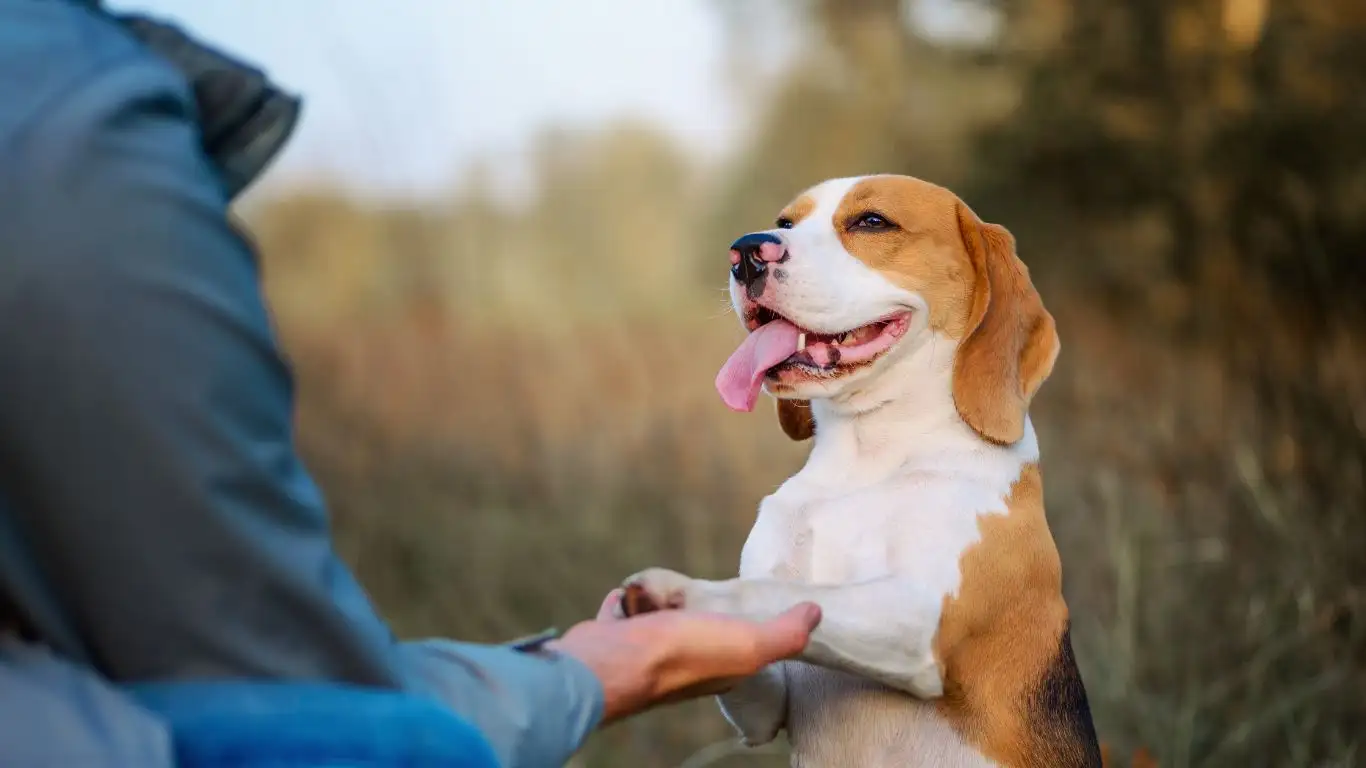
When you’re training a dog, especially in a home environment, distractions are inevitable. But the key to success is helping your dog understand that their focus can be maintained no matter what’s happening around them. Why is focused training so important? For one, it builds a stronger bond between you and your dog. When your dog can focus on you during distractions, it shows that they trust you and are more likely to follow your lead, even when things get chaotic. Additionally, it makes everyday situations more manageable. From visits to the vet to meeting new people, a dog that can remain focused under stress will handle these situations much better.
Setting the Stage: What Makes Training at Home Unique?
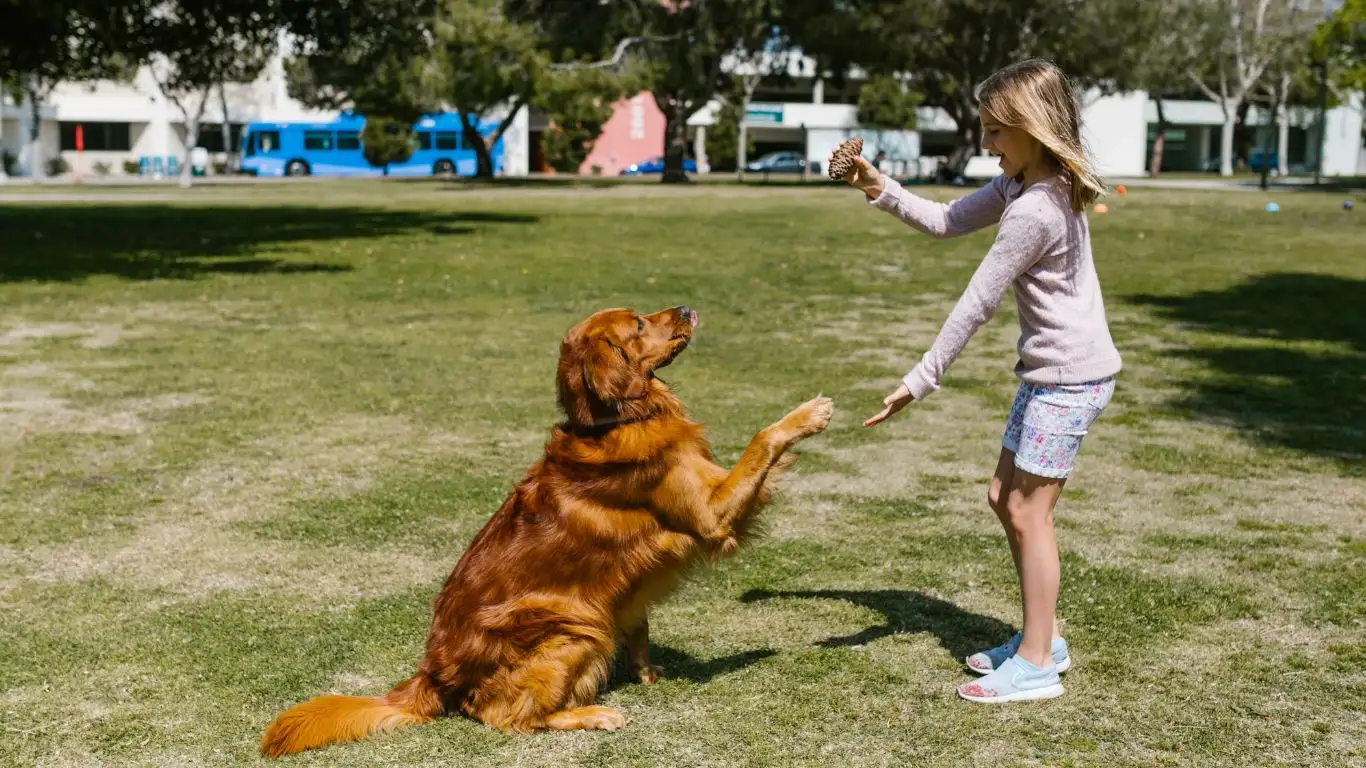
Training at home has its own unique set of challenges. Unlike a controlled environment, your home is full of surprises. Whether it’s a ringing phone, the sound of the vacuum cleaner, or other household noises, distractions are all around. But here’s the good news: the more distractions you introduce in training, the better your dog will get at focusing on you. The home environment is ideal for training because it offers opportunities to practice in real-life situations.
However, this is also where many people struggle. Dogs often get too excited or too distracted by what’s going on around them. But, this is exactly why you should start training your dog to listen during distractions in the comfort of your own home – you’re giving them a chance to learn in a setting where they are most comfortable, and you’re building a habit that will translate to more chaotic environments outside.
How to Start: Basic Training Techniques to Build Focus
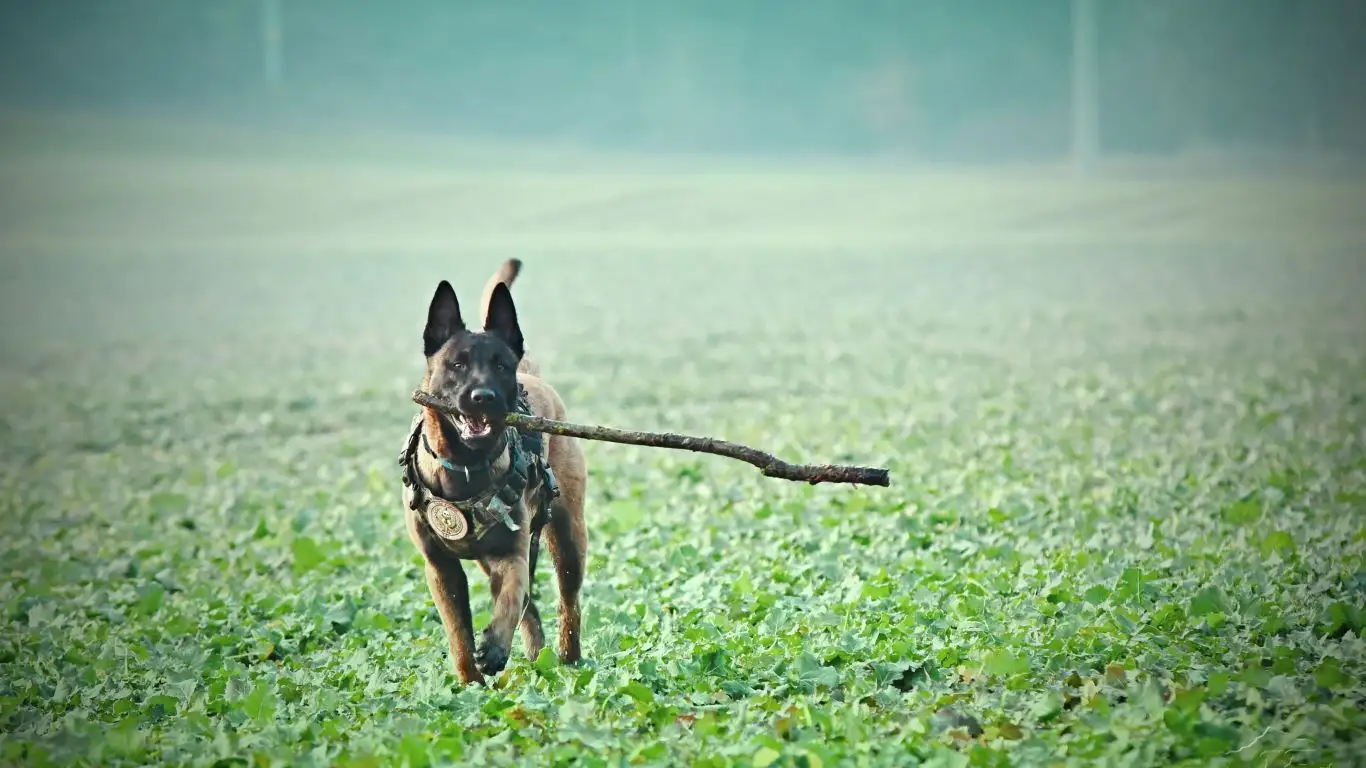
Before tackling distractions, it’s essential to make sure your dog has a solid understanding of basic commands like “sit,” “stay,” “come,” and “leave it.” These fundamental skills provide the foundation for more advanced training. Without these, it will be challenging for your dog to stay focused when there’s a lot going on around them.
Start with the basics:
- “Sit” command: It may seem simple, but this command is the first step in teaching your dog to listen when you need their attention. Practice in a quiet environment before gradually introducing more distractions.
- “Stay” command: This command is crucial for teaching your dog how to maintain focus even when something unexpected happens. Start with short stays, and gradually increase the duration as your dog gets more comfortable.
- “Leave it” command: This is an essential command for teaching your dog to ignore distractions. Whether it’s a treat on the floor or a toy they want to grab, this command helps them stay focused on you instead.
Introducing Controlled Distractions
Once your dog is solid with the basic commands, it’s time to introduce controlled distractions. Start with simple things like someone walking past them or a low-level noise, like a doorbell chime or the sound of a phone vibrating. When you add a distraction, give your dog a command like “sit” or “stay,” and reward them when they focus on you, even with the distraction in play.
Here are some methods to introduce distractions at home:
- Use another person or family member: Have someone walk by your dog while you’re giving commands. This teaches your dog that they should still listen to you, even when there’s movement around them.
- Use noises: Create sounds that your dog would usually react to, like clapping your hands or ringing a bell. Start with a low volume and gradually increase it while maintaining your dog’s focus.
- Introduce new scents: Dogs are highly sensitive to smells. Place a new scent (like a piece of food or a new object) nearby and practice commands while they try to sniff or investigate it.
Tip: Always reward your dog with praise or treats when they successfully maintain focus despite distractions. Positive reinforcement is key to helping your dog learn that focusing on you brings good things.
Patience and Consistency Are Key
Training takes time, and it’s easy to get frustrated when your dog doesn’t seem to “get it” right away. But, remember: dogs, like people, need practice and repetition. Keep sessions short but consistent, and avoid overwhelming your dog with too many distractions at once. Start with simpler challenges and gradually add complexity as they improve. Over time, your dog will learn that listening to you is more rewarding than responding to distractions.
Using Positive Reinforcement to Strengthen Focus
One of the most effective ways to help your dog listen during distractions is through positive reinforcement. Dogs love rewards, and they quickly associate their behavior with the outcome they receive. By using treats, praise, or playtime as rewards, you’ll reinforce the behavior you want to see more of.
Why does this work? Positive reinforcement creates a connection in your dog’s brain between focusing on you and getting something enjoyable. It’s a simple yet powerful method that encourages your dog to continue the desired behavior, even when there are distractions present.
In the next section, we’ll dive deeper into how to ramp up distractions gradually and tackle more challenging environments. Stay tuned!
Gradually Increasing Distractions for Effective Training
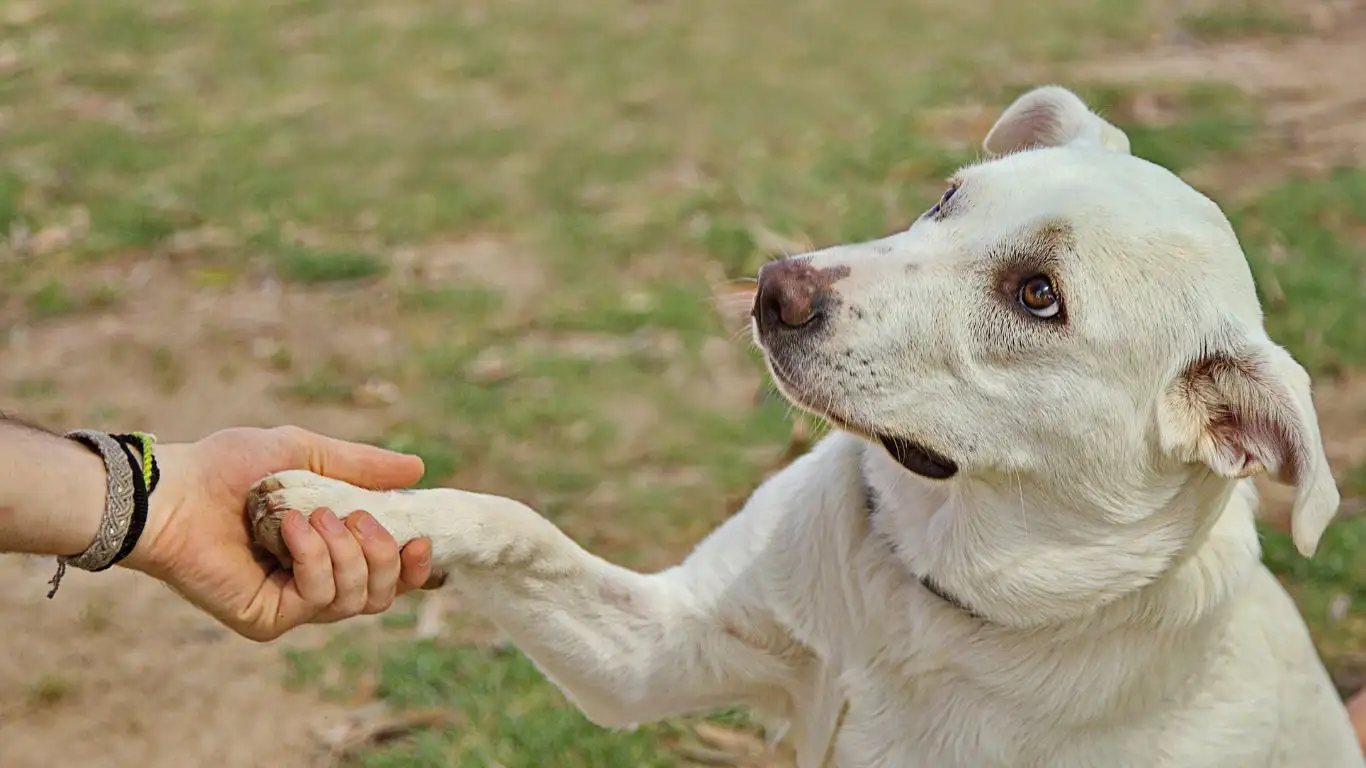
Once you’ve mastered basic training techniques and your dog is responding well to smaller distractions, it’s time to gradually increase the level of difficulty. The trick here is to introduce distractions at a pace that challenges your dog without overwhelming them. I’ve found that slow and steady progress works best, so try not to rush the process. Think of it as building a muscle – the more you work on it, the stronger your dog’s ability to focus will become.
Start with intermediate distractions: This might mean having someone walk around the room or making louder noises like dropping keys or clapping your hands. These are still controlled distractions, but they’re a step up from what you’ve been doing so far. Be patient, and remember that the goal is for your dog to maintain focus and follow commands despite these added challenges.
Here are some ways you can increase distractions progressively:
- Movement in the environment: Once your dog can stay focused with some noise in the background, introduce movement. Have a family member walk across the room or practice in a room with furniture that gets moved around. These subtle changes simulate the kinds of disruptions your dog will face in a real-world setting.
- Use different environments: Try practicing commands in different rooms or even outside in the backyard. Being in a new environment brings new challenges, but it’s essential for building your dog’s focus. You could also try training in the presence of other animals, such as another dog or a cat, to teach your dog how to remain calm around other pets.
- Use toys as distractions: You can create distractions by having your dog’s favorite toys in the vicinity. Allow them to see the toy but not have access to it until they perform the desired behavior. This builds impulse control, as they must resist the urge to grab the toy while staying focused on you.
Mixing Up Your Reward System
As your dog’s training progresses, it’s important to switch up how you reward them for maintaining focus during distractions. This not only keeps the training sessions interesting for your dog, but it also ensures that they’re motivated to listen in the face of different challenges. Sometimes, a treat is the best reward, while other times, a game of fetch or extra petting can be just as effective.
In my experience, varying the type of reward based on the difficulty of the task can really help. For example, when your dog successfully listens to you despite a highly distracting environment, a big reward (like extra playtime or a special treat) can go a long way in reinforcing their good behavior. On the other hand, if they’re just starting out with smaller distractions, a quick treat might suffice.
Pro Tip: Keep your dog guessing with rewards. If they know exactly what to expect every time, they might start to only respond for the treats. Mix it up and occasionally throw in a surprise reward to keep them engaged.
Training Outside the Home: Taking Focus to New Levels

Now that your dog has started to master focusing on you during distractions inside the home, it’s time to move the training outdoors. The outdoors brings a whole new world of distractions, and this is where things get interesting. From the sounds of traffic to the smells of other animals, your dog’s attention span is really going to be tested.
But don’t worry! Taking the training outside doesn’t have to be daunting. Start small and choose a quiet park or a secluded area in your yard. This way, you can introduce outdoor distractions at a level your dog is ready for, without overwhelming them. Here’s how you can take training to the next level:
- Begin with a familiar location: You don’t have to dive straight into busy public spaces. Begin by practicing in a familiar place that has mild distractions. A quiet park or even your front yard can serve as the perfect setting.
- Increase the level of difficulty: Once your dog has mastered outdoor training in a quiet spot, slowly work your way up to more chaotic locations. This might mean a busier park, a pet-friendly café, or even a bustling street. With each new location, your dog’s ability to tune out distractions and stay focused on you will improve.
Using Controlled Encounters with Other Dogs
One of the biggest distractions that many dogs struggle with is the presence of other dogs. Whether it’s a playful pup or a curious canine, the sight of another dog can easily take your dog’s attention away from you. In my experience, controlled encounters with other dogs can be an incredibly effective training tool. This teaches your dog to stay calm and focused, even in the presence of another animal that might tempt them to get distracted.
Here’s how you can practice controlled encounters:
- Start with distance: If you know another dog owner, arrange a meet-up where the dogs can see each other from a distance. Start by having your dog perform basic commands while maintaining a safe distance from the other dog. Gradually close the gap as your dog becomes more comfortable staying focused.
- Use positive reinforcement: Reward your dog with praise and treats whenever they successfully ignore the other dog and focus on you. The goal is to create a positive association with ignoring distractions in favor of paying attention to you.
Handling Extreme Distractions: Real-World Training
As you and your dog progress, the real test will come when you encounter extreme distractions. This could be anything from another dog rushing toward you at full speed to a loud noise or a person walking by with a stroller. These kinds of distractions are harder to replicate in a controlled environment, but they are essential for your dog’s development.
Training your dog to listen during these extreme distractions takes time, patience, and a lot of practice. In some cases, you may need to use a leash or long lead to maintain control while allowing your dog to get close to the distraction. The key here is consistency and gradually increasing the level of difficulty until your dog can remain focused no matter the circumstance.
Remember: Every dog is different, and some may take longer than others to get the hang of focusing under extreme distractions. Keep your sessions short and positive, and never give up! The progress will come with persistence.
Stay Consistent, Stay Patient
Training your dog to focus in a world full of distractions is a gradual process. Some days will be better than others, and that’s okay! What matters most is staying consistent with your training and being patient. Celebrate the small victories along the way and don’t be discouraged if things don’t progress as quickly as you’d like.
As a Canine-Assisted Therapy Trainer, I’ve seen the transformation that can happen when a dog learns to maintain focus despite distractions. With time, practice, and the right techniques, your dog will be able to tune out the chaos and listen to you in any situation.
Dealing with Setbacks: How to Keep Your Dog on Track
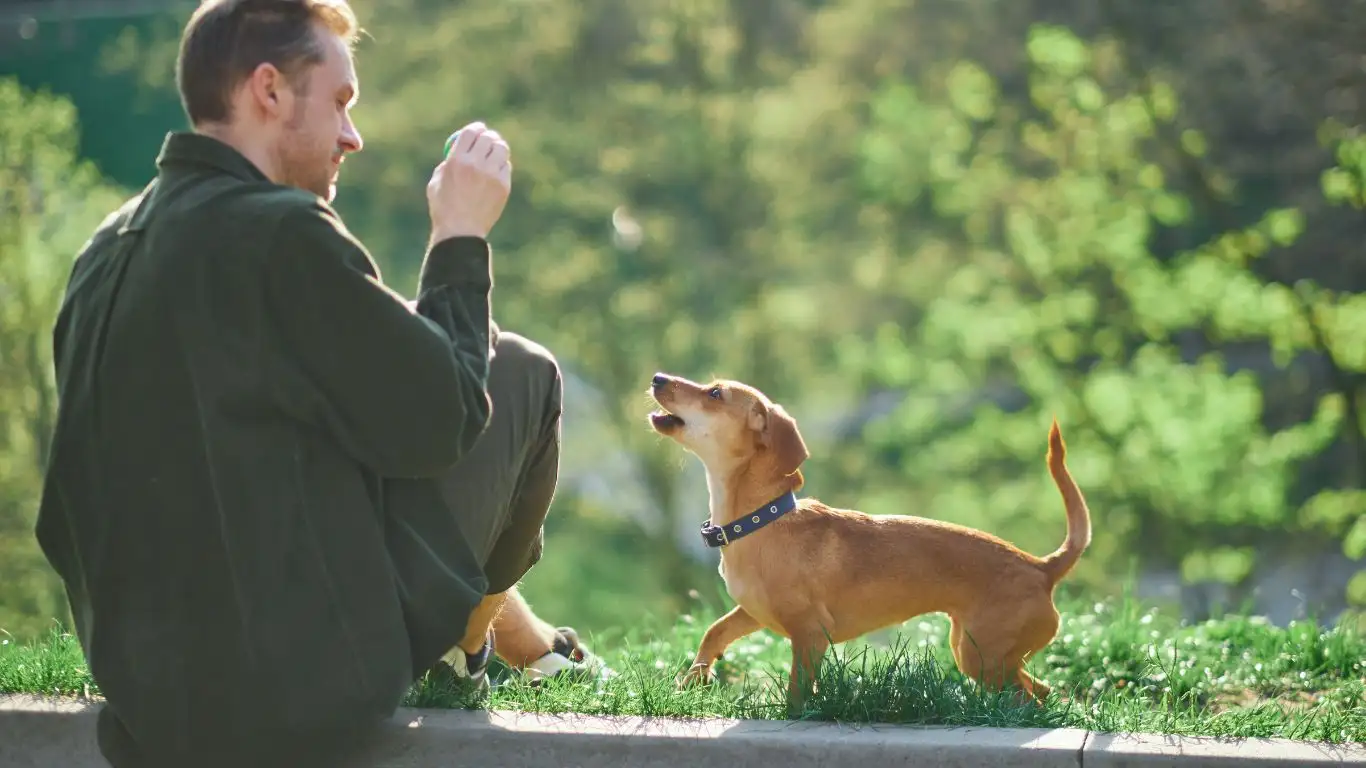
As much as we all wish our dogs would instantly listen during distractions, the reality is that setbacks are a part of the process. Don’t be discouraged if you find that after weeks of hard work, your dog’s attention starts to wander again. This is completely normal and something every dog owner faces at one point or another. The key here is not to give up – consistency, patience, and persistence are your best friends in these moments.
From my experience as a Canine-Assisted Therapy Trainer, I can tell you that setbacks often happen when your dog is either overwhelmed with too many distractions or when they’re just not in the mood to work. Sometimes it’s just about their energy levels. So, what can you do when things don’t go as planned? The answer lies in taking a step back and reassessing the situation.
Revisit the Basics: If your dog starts to slip up in training, go back to the basics. Practice in a less distracting environment and reinforce the simple commands they’ve mastered. Rebuilding that strong foundation will help your dog regain focus when the distractions increase again.
Reduce Distractions: If you’re attempting a high-distraction environment and things aren’t going well, step back. Scale down the distractions to a manageable level and work up from there. Sometimes, just starting with a quieter setting can help your dog regain focus and confidence.
Remember, this isn’t a race. Every dog moves at their own pace. Celebrate the small wins and be patient through the bumps along the way.
Handling Specific Distractions: From Loud Noises to Other Pets
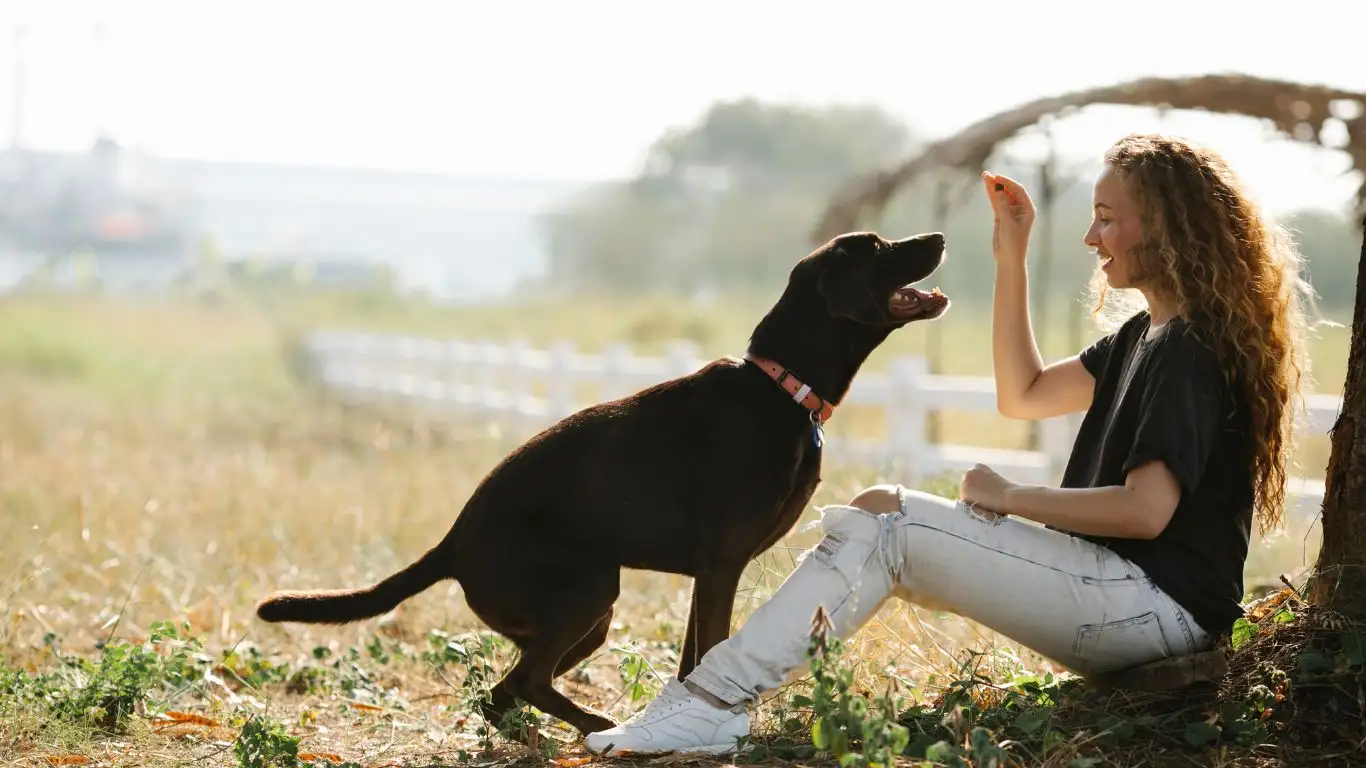
While training your dog to listen during distractions is a huge achievement, some distractions are trickier to handle than others. For example, loud noises or the presence of other animals might cause your dog to become more excited or anxious, making it harder for them to focus on you. Here’s how you can address these more specific distractions and help your dog stay calm and focused.
Dealing with Loud Noises
Dogs have incredibly sensitive hearing, so loud noises – such as thunderstorms, fireworks, or even the vacuum cleaner – can be especially unsettling. When you’re training in an environment with these types of distractions, your dog might get frightened or overly excited, causing them to ignore commands. But don’t worry; with patience, your dog can learn to stay focused despite these scary sounds.
Here are a few strategies to deal with loud noises:
- Desensitization: Start by playing recordings of loud noises at a low volume during your training sessions. Over time, gradually increase the volume as your dog gets used to the sound. Pair the noise with positive reinforcement, like treats or praise, to help them associate the sound with something good.
- Calming aids: In some cases, using calming products like anxiety wraps or pheromone diffusers can help reduce your dog’s stress. If they’re less anxious, they’ll be more likely to stay focused on you during training.
- Redirecting attention: If the noise causes a major distraction, redirect your dog’s focus back to you with a command or a toy. This can help them forget about the noise and focus on the task at hand.
Handling Other Pets as Distractions
If you have multiple pets in the house, their presence can sometimes become a huge distraction during training. Your dog may want to interact with or chase other animals, which can interfere with their ability to focus on you. This is especially true for high-energy dogs who love to play or for breeds with a high prey drive.
Here’s how to work with other pets as distractions:
- Training in separate areas: If you have multiple dogs, it’s a good idea to start training sessions in separate areas of the house. This allows each dog to focus solely on you without being distracted by the other pets.
- Teach impulse control: Use commands like “leave it” or “stay” to teach your dog how to ignore other pets during training. Be consistent with these commands and reward them when they successfully ignore their furry siblings.
- Supervised interactions: If you’re ready to practice in the presence of other pets, make sure the interaction is supervised. Start slow and keep a close eye on their behavior to ensure that they stay focused on you instead of becoming overly excited or distracted by the other animals.
References and Resources to Help with Training
If you’re looking for more tips, training exercises, or information on canine behavior, there are plenty of reliable resources out there. Here are a few websites that I recommend checking out:
- American Kennel Club (AKC) – The AKC offers great training guides, expert advice, and tips for dog owners of all levels.
- PetMD – A reliable resource for understanding common dog behaviors and health issues, with a section dedicated to training tips and techniques.
- Cesar’s Way – Cesar Millan’s site provides training advice, tips, and videos on how to work with your dog’s behavior and teach them to focus during distractions.
Disclaimer
While I’ve shared my personal experience as a Canine-Assisted Therapy Trainer, please remember that every dog is unique, and training results can vary depending on factors such as breed, temperament, and previous experiences. Always consult a professional trainer if you’re struggling with severe behavioral issues or if your dog has specific needs that require more specialized training methods.
Training should always be a positive experience for both you and your dog. Avoid harsh punishments and focus on building trust, respect, and understanding between you and your furry companion. If you have concerns about your dog’s behavior or progress, don’t hesitate to reach out to a professional trainer for additional guidance.
